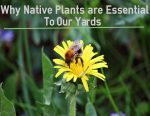In the world of landscaping and gardening, the choice to plant native species has been gaining traction for all the right reasons. At 2 J’s & Sons, we’ve delved into topics like Butterfly Milkweed and the notorious Queen Anne’s Lace in previous blog posts. But today, let’s explore the critical question: Why plant native?
Why Plant Natives?
Native plants are the unsung heroes of our ecosystem. They are perfectly adapted to their environments. Making them sturdy, hardy, and, above all, essential for maintaining the health of small ecosystems. Let’s look at the advantages of planting native plants. Plus the drawbacks of invasive plants on our local landscapes in Northwest Arkansas and Southwest Missouri.
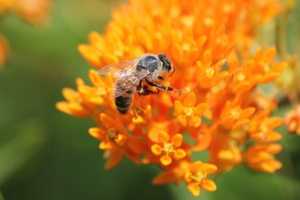
The Pros of Planting Natives
- Water Efficiency: Native plants, having adapted to their local climate, typically require less water, making them a sustainable choice for areas with frequent droughts.
- Eco-Friendly: They provide habitats and food for native insects and animals. Reducing the need for fertilizers and pesticides.
- Stability: Their root systems are specifically designed for the local geography, which is crucial for erosion control. From rocky hillsides riverbanks, or the ditch in front of your house.
- Climate-Resilient: Native plants are well-equipped to withstand the region’s climatic conditions, including strong winds and intense sun.
The Problem with Invasive Species
Invasive plants, or non-natives often lack the adaptations to local conditions. This makes them more likely to be unhealthy and become diseased. Invasive plants require:
- Higher Resource Demands: Invasive plants require more water, fertilizer, and pesticides. Creating a burden on the plants around them.
- Competition with Natives: They can outcompete native plants, taking away the resources available to them, including sunlight, water, and nutrients.
- Inadequate Habitat: Invasive species often fail to provide sufficient food and shelter for native insects and animals.
- Unchecked Expansion: With no natural controls in place, invasive plants can spread unchecked on property that is not maintained. Choking out and overgrowing natives. This disrupts local ecosystems.
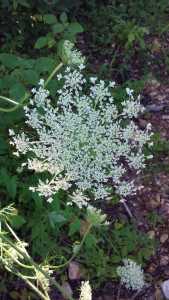
The Importance of Insects to Native Plants
Insects play a vital role in our ecosystem. An estimated 97% of native insects are beneficial. Often gardeners who plant a more native landscape find that they reduce the need for chemical pesticides. Predatory insects, including spiders, help control nuisance pests like flies and mosquitoes. The native flower scarlet catchfly helps with gnats in the spring.
Creating a Sustainable Ecosystem
By incorporating even a modest 20% to 30% of native plants into your landscaping, you can encourage native beneficial insects that promote plant health and growth.
Did you know? Nandinas are toxic to our native birds. Check out some of these native shrubs as an alternative.
Natural Pest Control: Native plants attract beneficial insects, such as ladybugs and lacewings, which are natural predators of common garden pests like aphids and mealybugs. Adding native plants into your landscape could help reduce the need for chemical pesticides.
Did you know? A single pair of chickadees needs an astonishing 9,000 caterpillars to produce a clutch of eggs.
Reduced Maintenance: Many native plants are well-adapted to local soil and weather conditions. They typically require less maintenance than invasive native plants. Save time and money by choosing native plants for a low-maintenance landscape.
Did you know? By switching to a mainly native landscape, you could reduce outdoor water consumption by 50%. This could potential save of 10,000 to 15,000 gallons of water a year.
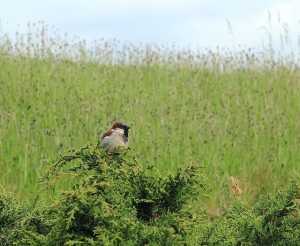
A Shift Toward Natives
At 2 J’s & Sons lawn and landscape, we aim to incorporate as many native plants as possible into our clients’ yards. To promote plant and landscape health. We want all of our customers to have big healthy plants. To learn more about Northwest Arkansas native plants take a look at Grow Natives database. The Botany world has many resources these days to help find plants that are locally native. Making it easy to find plants that are native to Neosho, Missouri, Bella Vista, Arkansas, and Bentonville, Arkansas.
Why Plant Natives?
Answer: The answer is: to build a thriving, sustainable lawn and landscape.
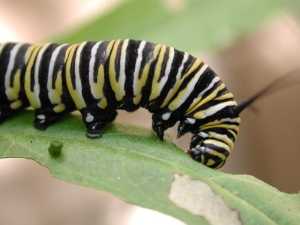
Give us a call or send a text to talk about your next garden or landscape project
Fill out our online form to schedule an estimate
